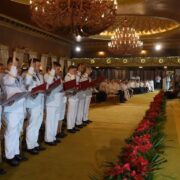Dancing with the ‘lumad’
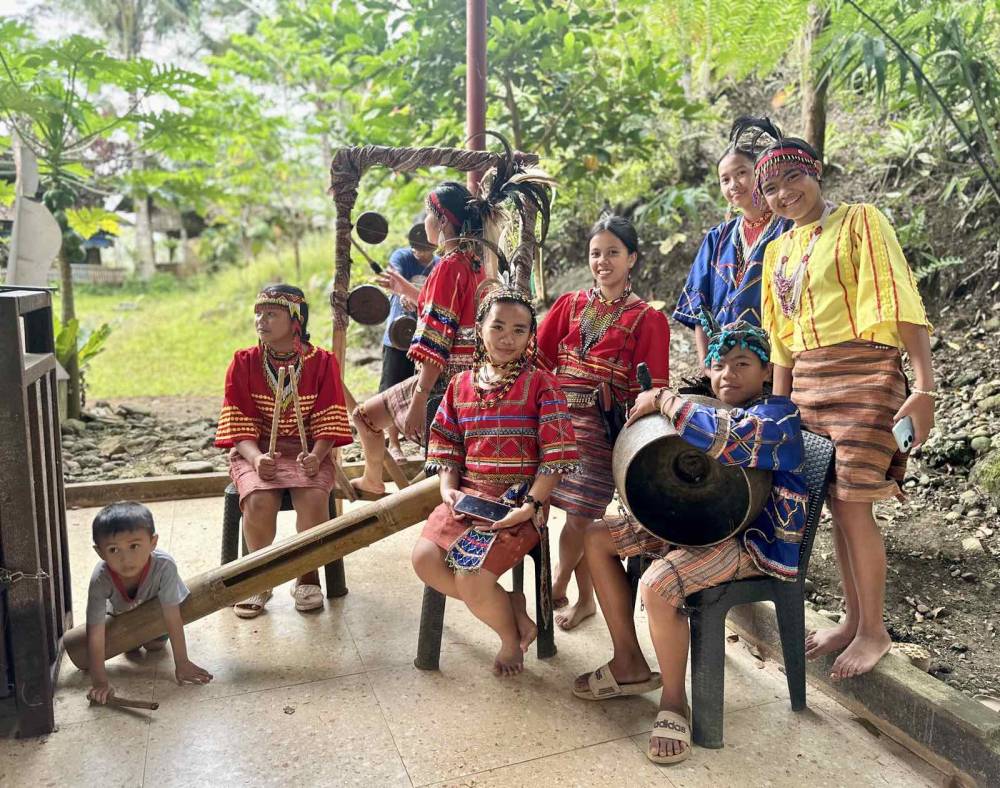
I was a spectator drawn into an enchantment so moving, it brought tears. Somewhere in the backwoods of Mindanao, a conversation expressed in dance captured a connection between protectors of a legendary mountain and humans who appeared lighter than air.
Ballet Philippines (BP) dancers were interacting with members of the Bagobo Tagabawa in a setting so far removed from their familiar stage. Under a galvanized iron roof held high by steel posts, they moved on a cement floor with precision and grace at performance level. There were no walls on the left and right sides of the Bale Kasunayan Peace Hall in Kapatagan, where the cultural immersion was happening. The surrounding greenery became part of the backdrop for classical dance set to the music of “La Sylphide.”
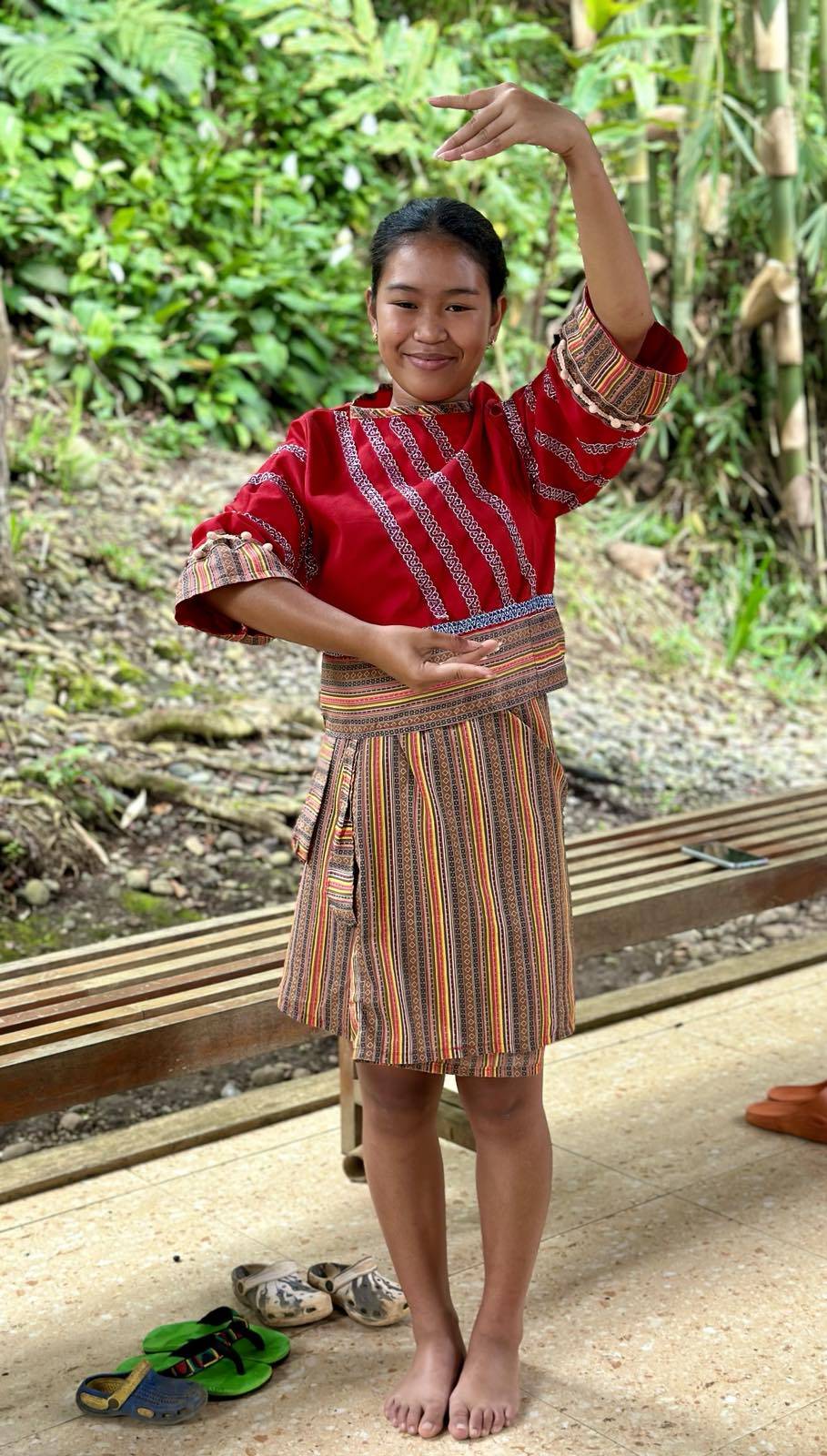
The ballerinas and danseurs were part of the premier dance company’s Ballet Brigade. They had come to this southernmost island of the country as part of an outreach program.
BP president Kathleen Liechtenstein described the activity as the heart of BP. Their mission is to dance for an audience who might otherwise have no opportunity to experience the power and entrancement of this performance art.

“Dance can uplift, empower and transform,” Liechtenstein said. “We go to underserved communities, marginalized sectors, indigenous groups and share the magic of dance. We show them possibilities, not confined to becoming performers, but also to inspire them to go for their dreams to become educators, nurses, architects, engineers, builders.”
It was their second visit to Davao. The first time the Ballet Brigade came, they interacted with children battling cancer in Home for Hope. A meeting with prolific painter and sculptor Kublai Millan brought them back, this time to be with the Indigenous people. What transpired that afternoon at the foot of Mount Apo became a collaboration between formal dance and the living tradition of the lumad.
Rhythm of the mountain people
Historically, the Tagabawa were the original inhabitants of Sibulan, the settlement of the Bagobo tribes established long before the Spanish conquistadors arrived. They are the Bagobos of the south—taga (from) bawa (south), who live in the mountainous region on the east and southern side of Mount Apo. Apo means grandfather of all mountains, aptly describing the tallest mountain in the Philippines.
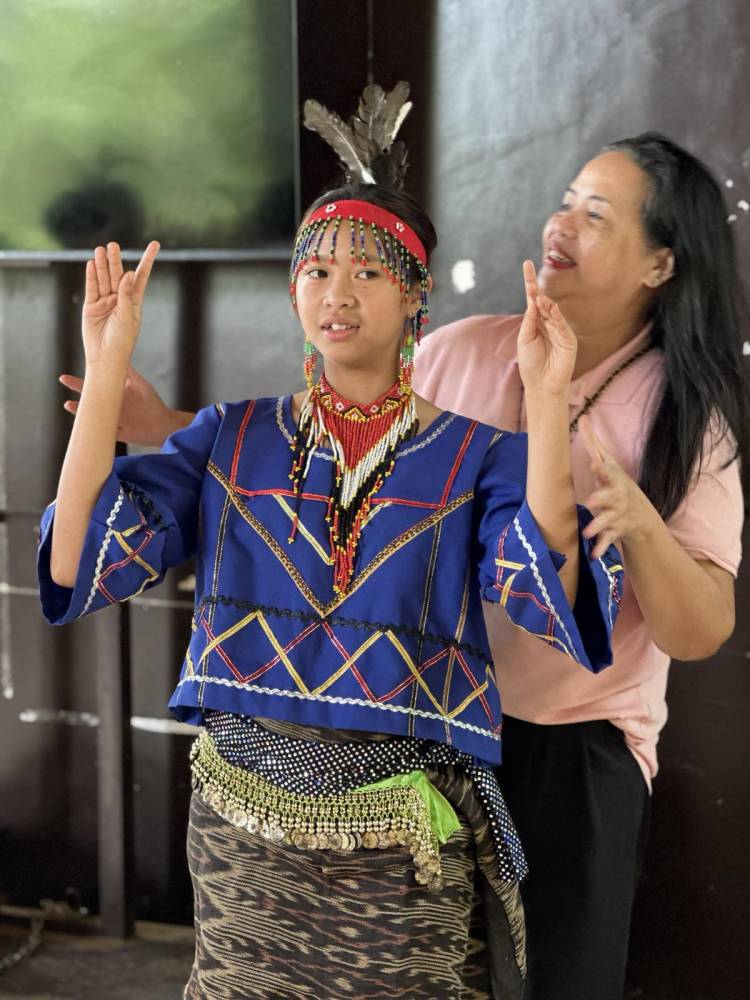
A warrior tribe, the Bagobo Tagabawa have a culture steeped in legends of Mount Apo, of spirits they believe reside there. Folklore handed down through oral tradition covered the creation of the world to man’s beginnings. Being warriors, they are master blacksmiths who craft sharp and gleaming blades both as weaponry and for hunting. The women weave baskets, bags and backpacks from abaca and bamboo. These woven products stained with natural dyes were used to carry crops.
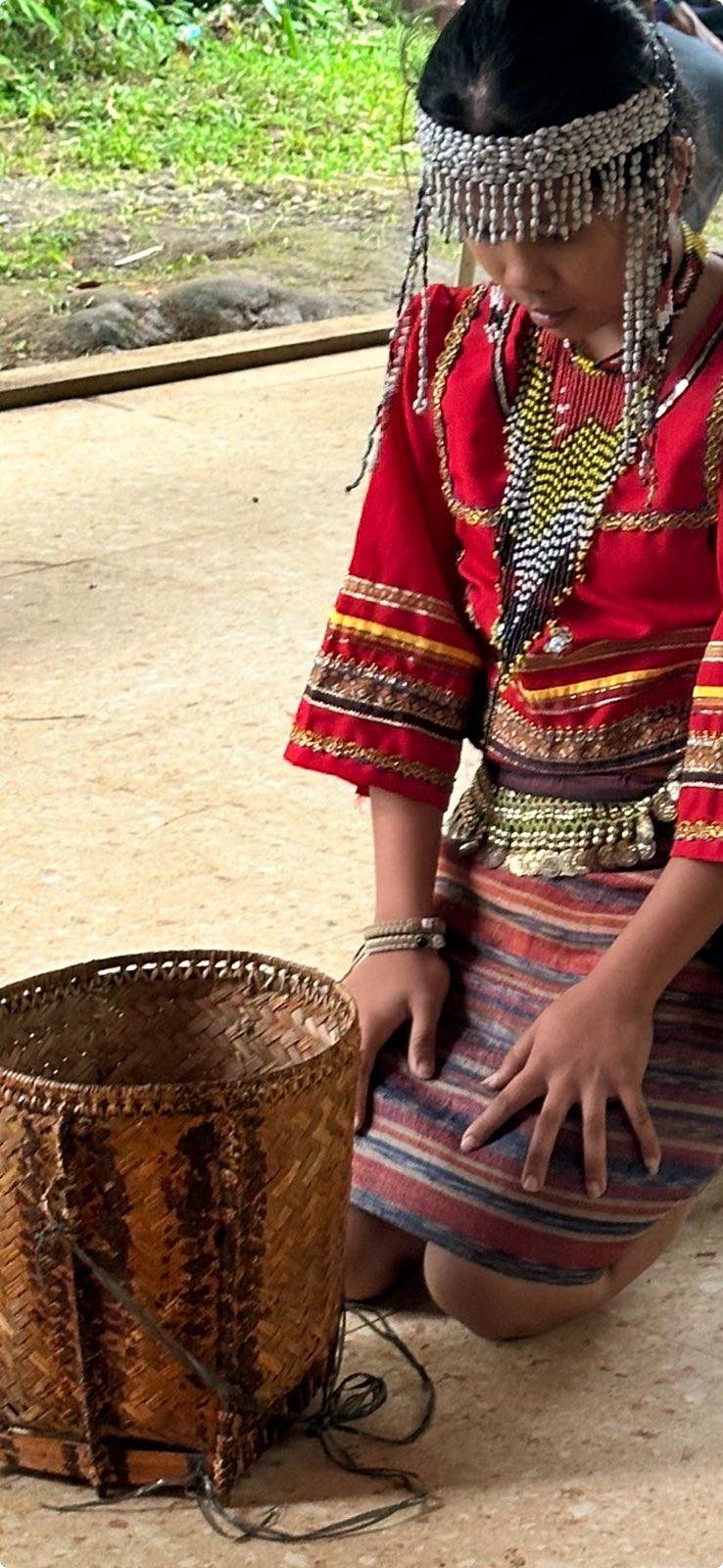
The Tagabawa are one of the most colorfully dressed tribes. They adorn themselves from head to foot with tasseled and beaded headdresses, necklaces, earrings, bracelets, leglets and anklets. The men wear embroidered umpak or top coats over seruar, which are breeches, with a knife and a bolo on a strap that doubles as a belt. The women’s upper garments are embellished with sequins and beads, while their skirts or son’od are made from abaca.
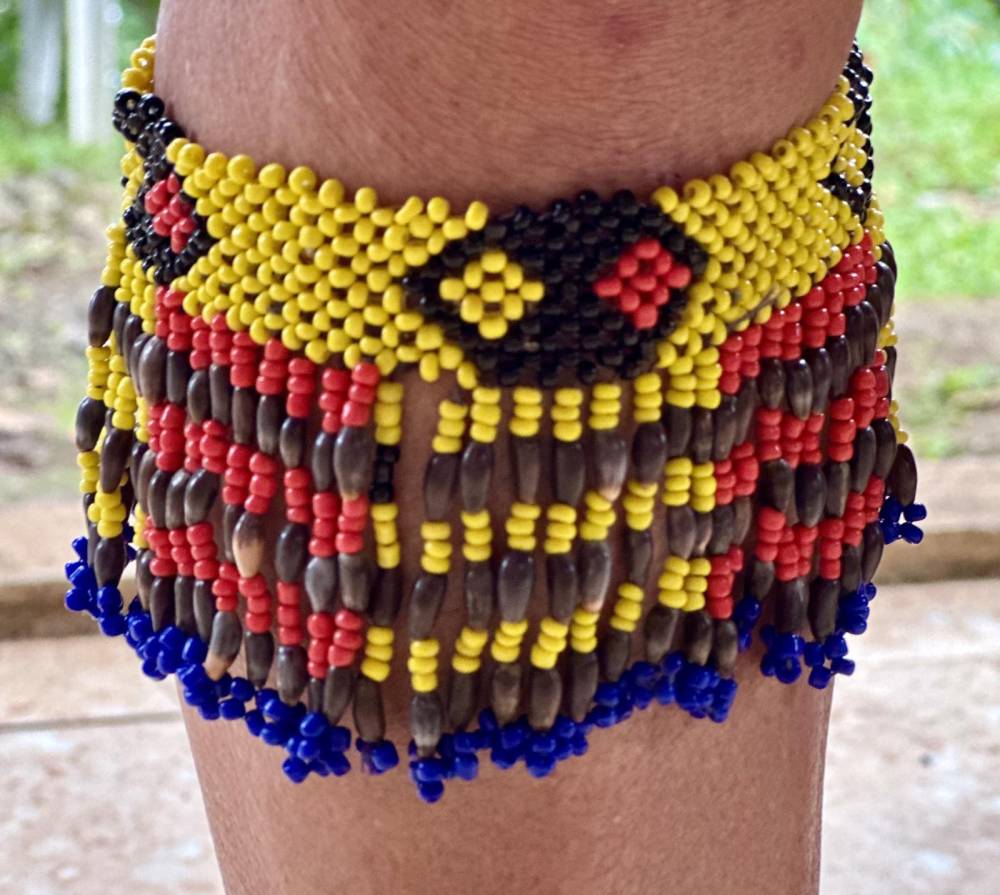
Elements of nature and their life are expressed in dance and music. Instruments consist of brass gongs, stringed bamboo, drums from deer skin over hardwood and wind instruments. Their visitors from BP were treated to a sampling of their cultural dance that showcased a natural grace and suppleness. It was spellbinding story-telling to the beat of riveting rhythms from the ethnic ensemble. The Manila folks broke into enthusiastic spontaneous applause after the presentation.
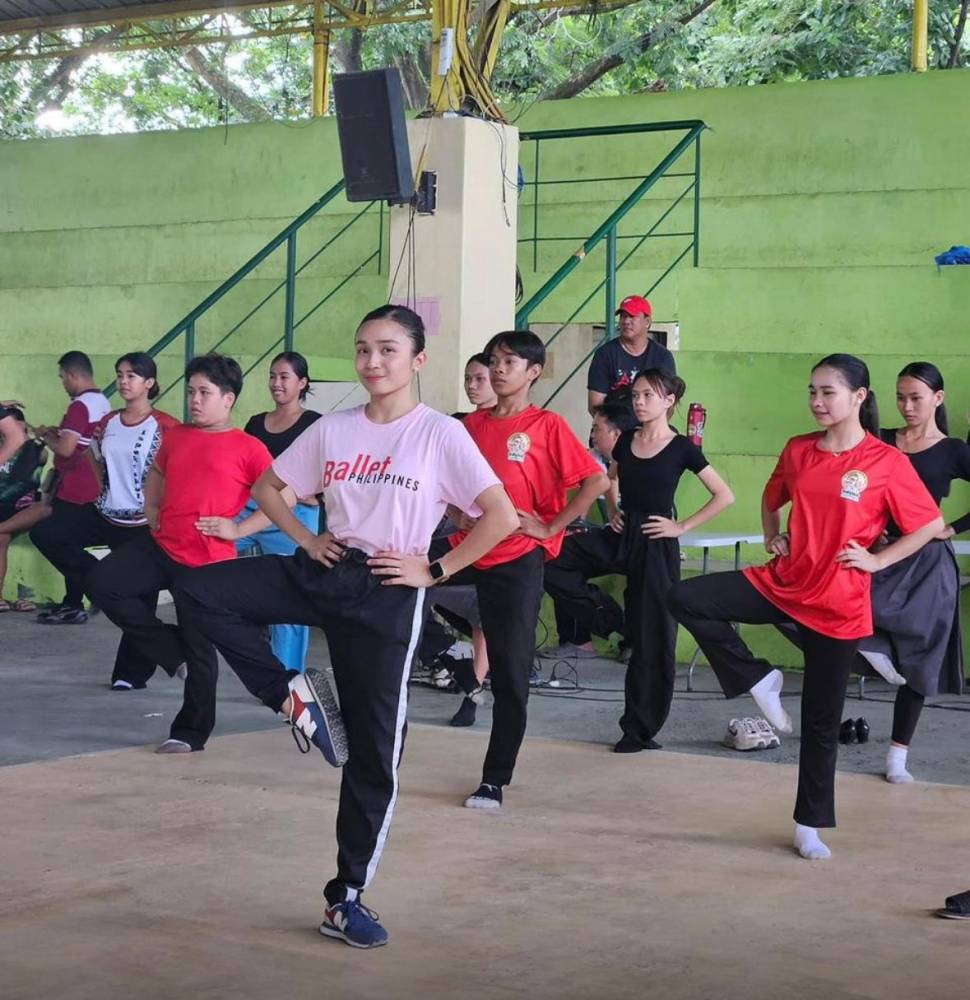
When Kublai announced that the Ballet Brigade had come to share their classical dance, the katutubo performers and their elders became an enraptured audience. He introduced the dancers as the best in the Philippines, who were trained in precise and highly formalized steps and gestures.
Despite the rough, cement flooring, the dancers delivered what seemed to be an effortless performance without pointe shoes. Beyond the grace of fluid movements was a precision so exact in the leaps and turns. It was breathtaking to behold. What transpired after was even more awe-inspiring.
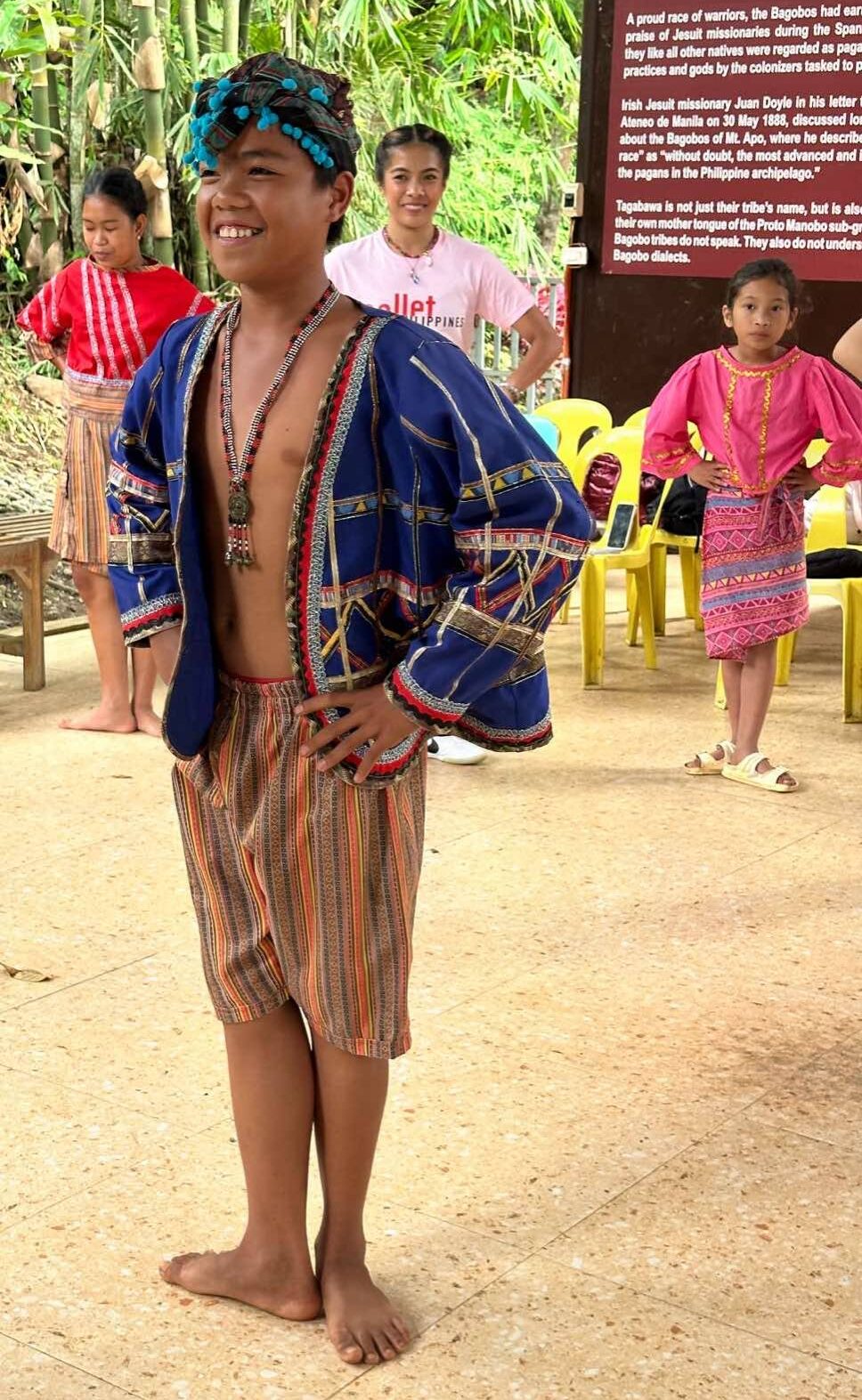
Liechtenstein brought the Ballet Brigade and the Bagobo Tagabawa together, combining them into a mix of two groups. They were to create a choreography infusing the movements of their respective disciplines. Whatever initial shyness the young tribal girls had at having to perform with the ballerinas was overtaken by the warmth and friendliness of the BP dancers. Even the elders who were sitting on the side stood up to learn the ballet positions, have their photos taken, and share the enjoyment of the moment.
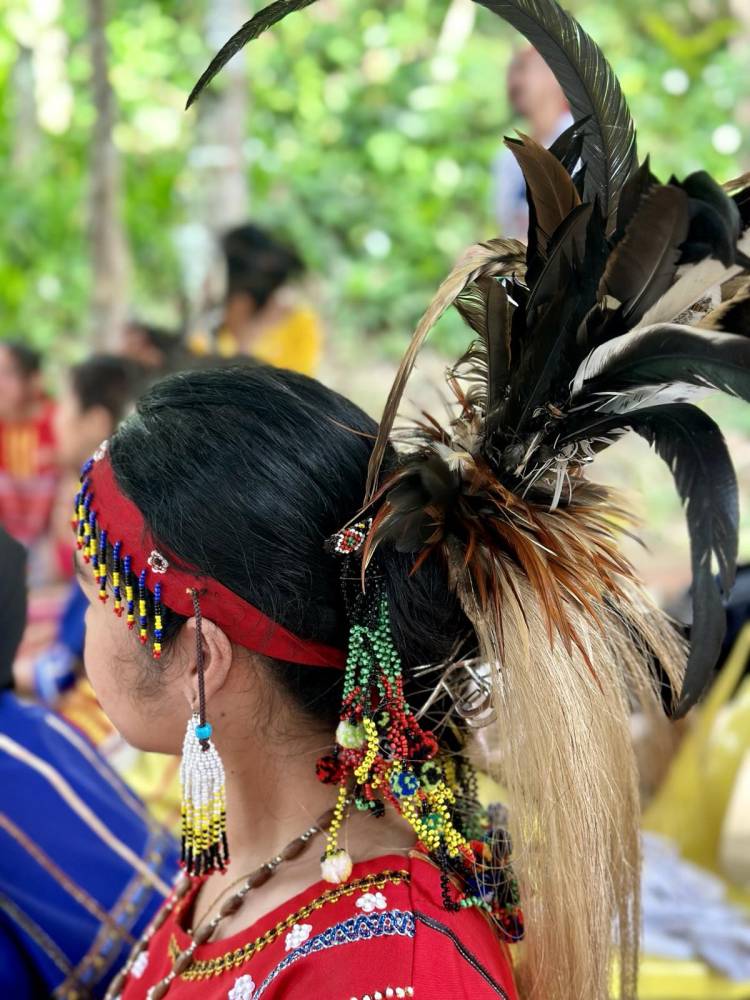
Magical
After 10 minutes, the two groups took to the center, one after the other and danced to the tempo of ethnic instrumentation. The performances were magical. They moved as one, melding tradition with the classical. More powerful was the palpable joy of a dance generously shared with each other. When it was done, the community’s leader Bai Gerlin Owok rose from her seat and thanked the Ballet Brigade. Her previously stern countenance had softened into a hint of a smile.
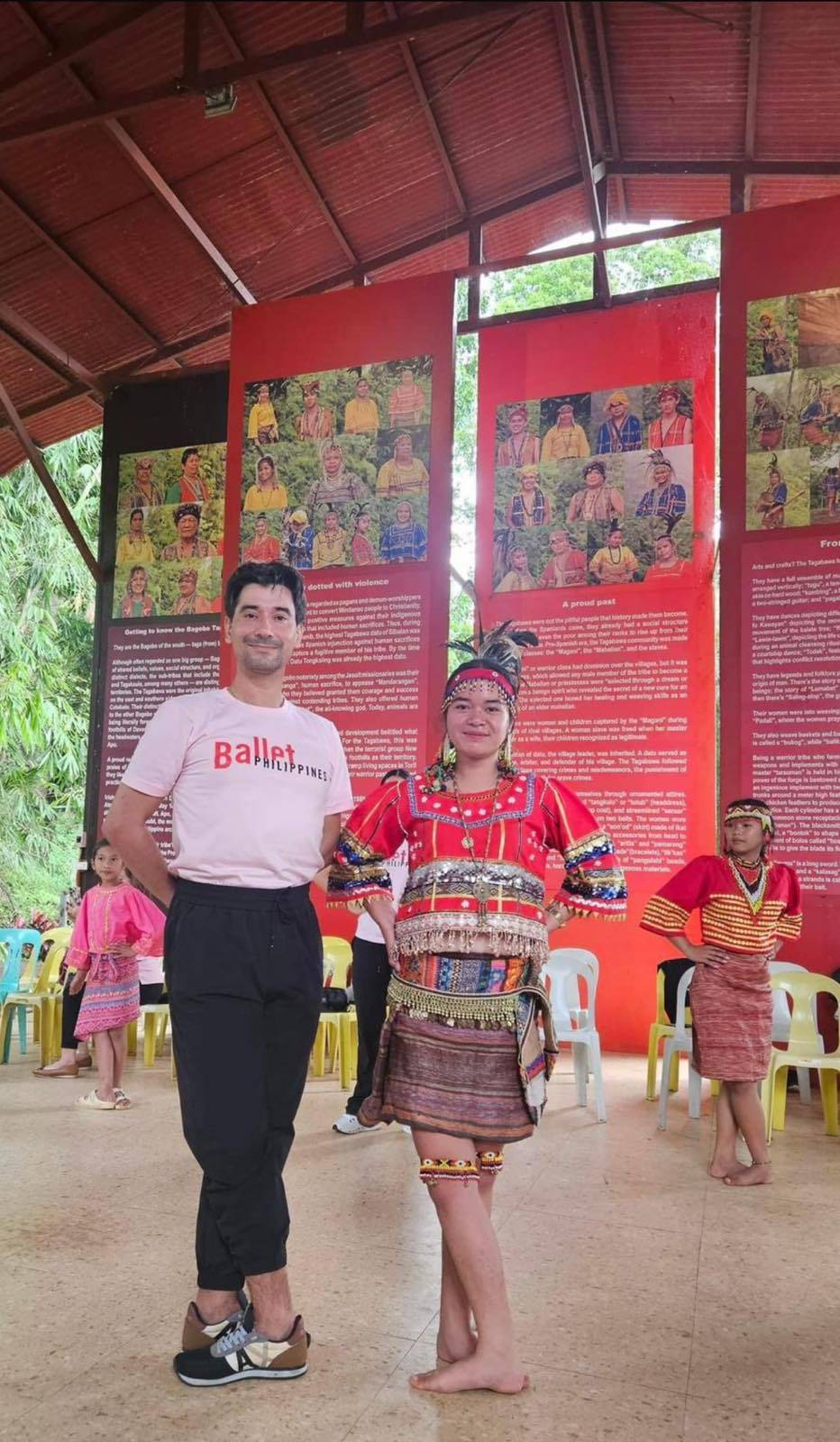
Two days later, the Ballet Brigade regrouped with BP artistic director Mikhail “Misha” Martynuk, who had gone to Lake Sebu after the immersion in Kapatagan. They were conducting a workshop at the Davao City National High School upon the invitation of Kublai. He was a proud alumnus of the public school, and had gathered dance students from other schools to participate in the afternoon session with Ballet Philippines.
The program began with Ian Ocampo and Danielle Kleiner performing an excerpt from “Le Corsaire,” followed by Eduardson Evangelio and Nicole Barroso doing a variation from “Diana and Acteon.”
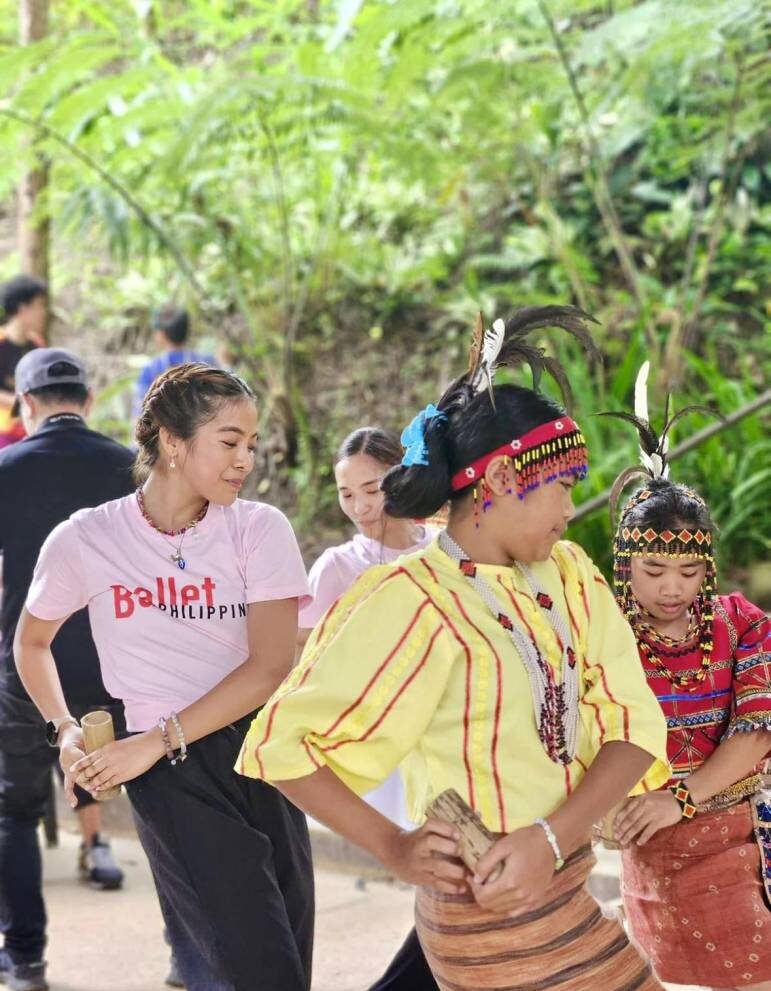
The workshop commenced with each of the 11 dancers leading a group in a quick execution of ballet movements. The students, who initially looked intimidated following the brief presentation of the Ballet Brigade, warmed up to their group leaders.
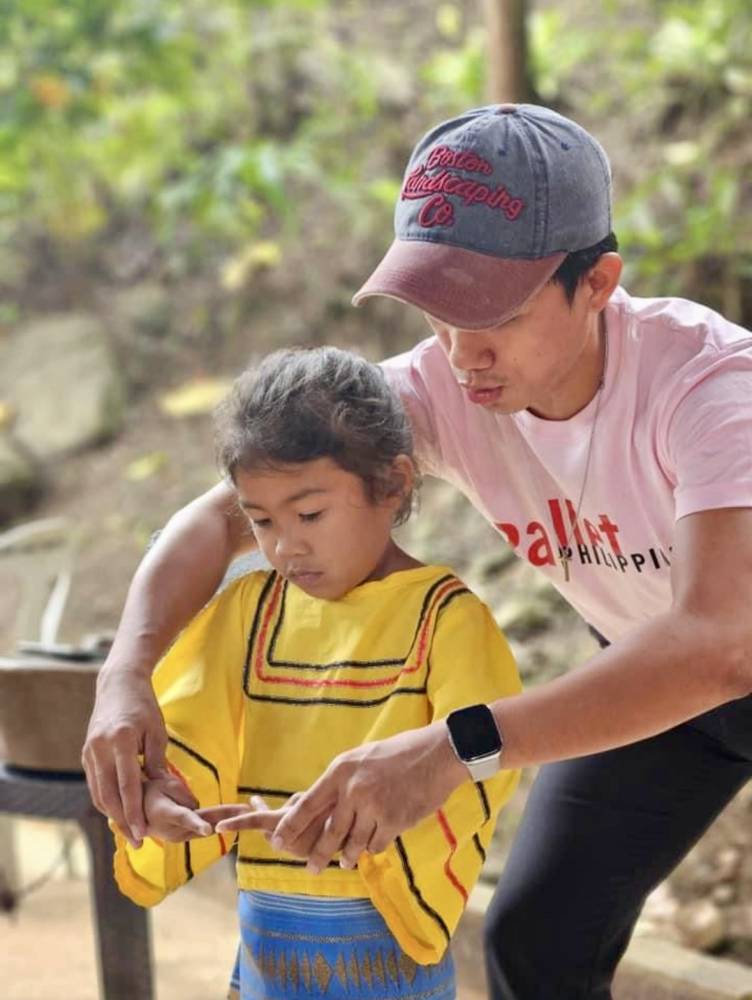
Credit goes to the dancers for being affable and encouraging, such that by the time the students had to mount their ballet moves, they were poised and confident.
The transformation was visible, and satisfaction reflected on the faces of the Ballet Brigade. They had come to share, and received so much in return.
“It was more than about dancing,” Nicole Barroso said. “I felt we were doing something meaningful, something that added to the lives of those we were interacting with.”
She articulated a succinct summation of the heartbeat of the Ballet Brigade outreach, an effort that touched not just the dancers and those they reached out to, but the spectators as well, who were privileged to witness a shared generosity of spirit expressed in dance.









